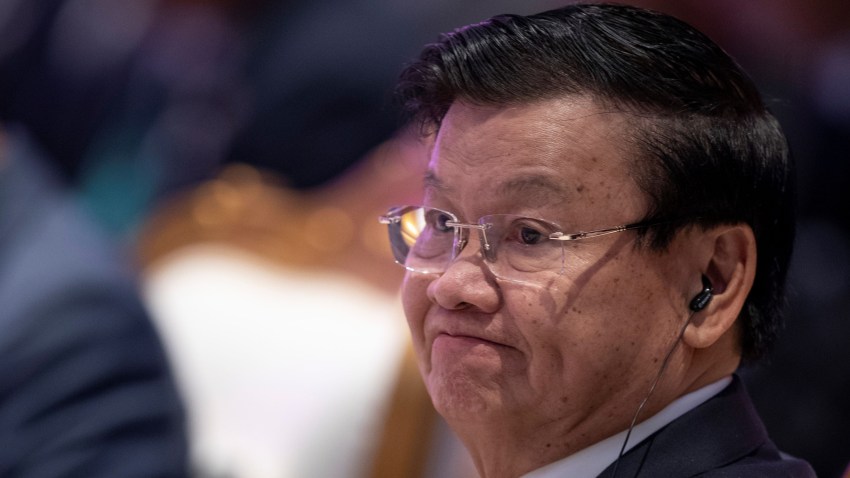In the past year, Laos has witnessed more popular unrest than at any time in decades, as well as what might have been an unprecedented gesture of government accountability. The wave of discontent began last June over economic woes that included a currency crisis and an inflation rate that has now reached more than 40 percent. Though it’s hard to know for sure, given the Laotian government’s opaque nature, the protests may even have forced former Prime Minister Phankham Viphavanh from office in December.
The discontent has manifested itself in multiple ways. There has been a massive upsurge of virulently angry criticism of the government on social media, despite the obvious risks of doing so. There has also been a range of one-off protests that have seen more intensity and less pushback from the government than in prior years, when it cracked down on virtually all expressions of dissent.
One of the world’s few remaining nominally communist states, Laos is among the most repressive countries in the world, ruled since 1975 by the single-party regime of the Lao People’s Revolutionary Party, or LPRP. It is exceedingly rare for top party and government leaders to leave office without a choreographed transition to ease the process. That made Phankham’s resignation noteworthy, especially given that when he stepped down, he had been prime minister for less than two years, out of a term that is normally five.

